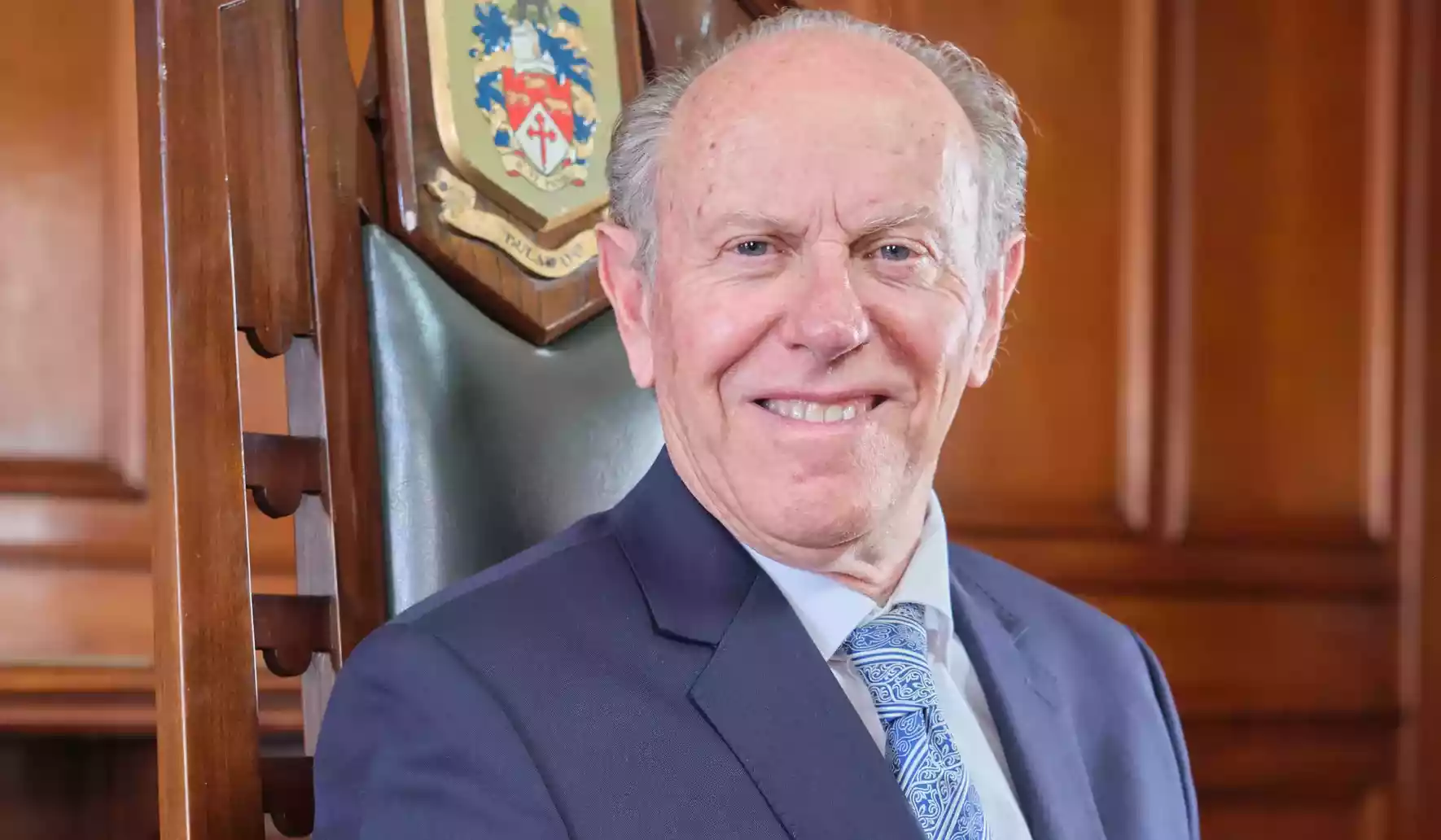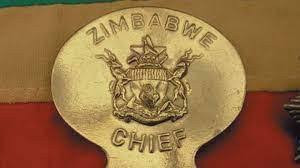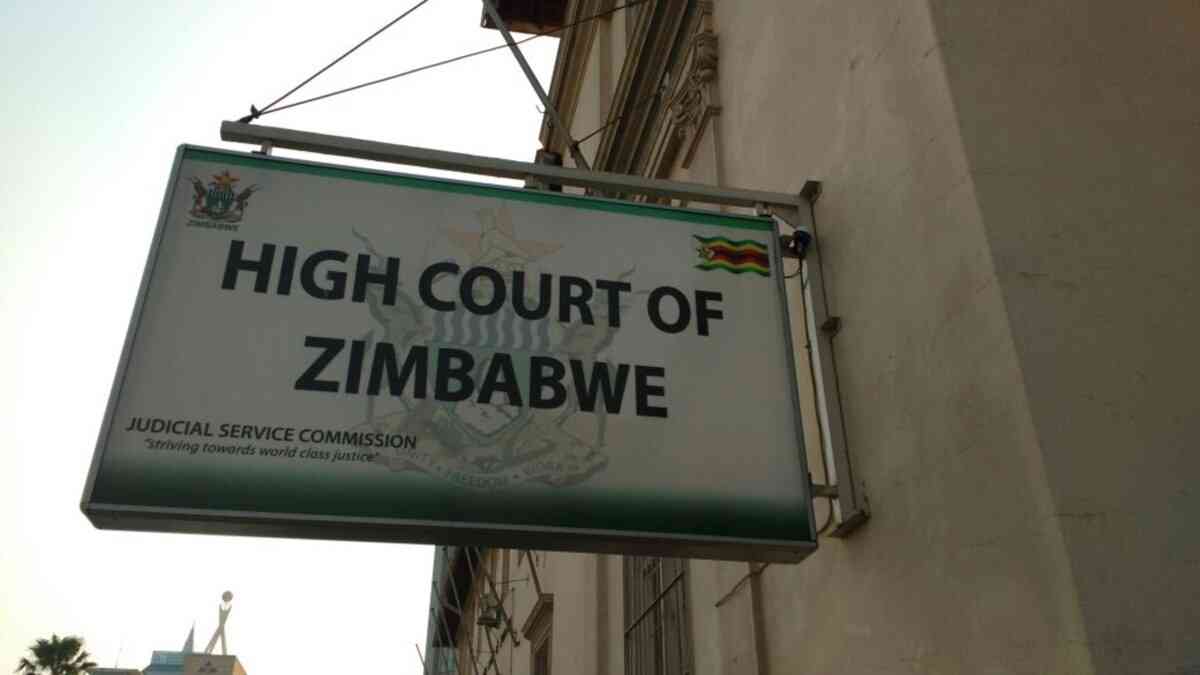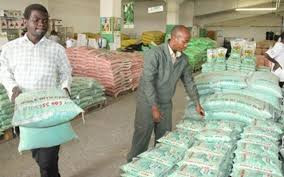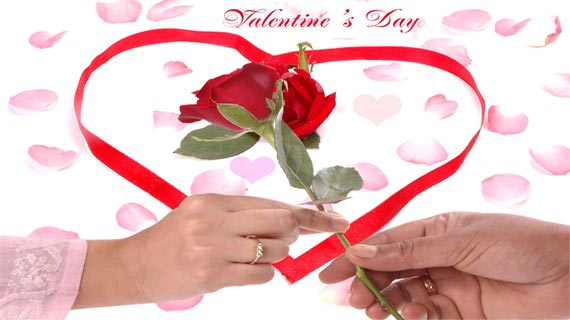
MARYLAND (US) – If anyone knows a thing or two about buying roses, it’s John Sullivan, a man who’s given his wife Sally roses on every Valentine’s Day for more than 40 years.
Sullivan, 68, a buyer’s real estate agent from Cheverly, Maryland, tackles the annual price run-up by getting his blooms at the warehouse store Costco, where he says it costs him about $25 for a dozen.
He has tried grocery store flowers and online sellers and has avoided higher-end florists to keep costs under control. He likes the quality of the roses at Costco compared to what’s at the supermarket.
“I didn’t get my bank account balanced by spending foolishly,” Sullivan says.
Indeed, red roses will be a hot commodity, come February 14.
Growers, largely from Ecuador, Mexico and Columbia, scramble to meet enormous demand ahead of Valentine’s Day, setting in motion an upward price push that impacts most modern-day Cupids.
Other factors beyond supply and demand figure into price inflation, explains industry veteran Peter McBride, owner of ValentineRoses.com and Towers Flowers florist shop in Babylon, New York.
Lofty labor costs at the farms, to meet the spike in demand, and higher transportation costs as large volumes of the blooms are moved within a brief period, also boost prices, McBride says.
The rose-buying public still encounters a wide variety in pricing – anything from $10 or under for a dozen red roses at the local corner store to $20 at the supermarket, to more than $90 at a high-end florist.
THAT WHICH WE CALL A ROSE
A dozen red roses from different vendors may sound like the same flower, but they may not all, figuratively, smell as sweet.
Indeed, they can be significantly different, says Gregg Weisstein, co-founder and chief operating officer of BloomNation.com – a marketplace for more than 2,000 local florists.
While you can save money by buying flowers at a grocery store, Weisstein says, “That’s the stuff the florists don’t want to work with.”
Some markets, like Wegman’s, won’t sacrifice quality, and as a result, don’t sell bargain roses, McBride says.
Grocers also keep their prices lower, he says, by not offering delivery, ordering earlier and getting shorter stemmed roses.
Length of stem is a key factor in pricing, in addition to quality. Long-stemmed red roses measuring 60-70 centimeters cost about 95 cents per stem wholesale compared to a medium-stemmed rose of about 50 centimeters, which costs about 75 cents, McBride says.
In early February, prices surge to about $2 a stem for the longer-stemmed and about $1.50 for the medium-stemmed flowers.
So, it’s possible to see a $15 bouquet on the street corner with shorter stems, inferior quality, and a shorter time upright.
At Reuters’ request, BloomNation examined the prices of hundreds of florists in New York, Chicago and Los Angeles – coming up with the average price that shops in America’s largest cities are paying for long-stemmed red roses at wholesale, and then selling at retail, both before and on Valentine’s Day.
Here’s what BloomNation found: Roses are cheaper in Los Angeles, where local growers supplement the import market and drive down prices, and are most costly in New York.
Prior to Valentine’s Day in Los Angeles, florists pay an average of 70 cents per stem. That rises to $1.85 per stem for Valentine’s Day. The retail price? About $3 to $6 per stem.
In Chicago, the $1 per stem florists pay regularly shoots up to $2.25 for Valentine’s Day. Consumers can expect to pay $4 to $6 per flower, BloomNation found.
In New York, the $1.50 wholesale price swells to $2.50. Retail prices rise from $5 to $8 per rose.
Expect prices to vary by about 20 percent, depending on supply and quality.
THORNY PRICING MODEL
More than just the price of the rose factors into the final tag of an arrangement, McBride says.
He figures on paying $1.95 per stem, so his price for 12 would be $23.50. Throw in some babies’ breath ($2.50), ornamental greens ($4), a water tube for the stems ($1), labor ($4), wrapping paper, floral preservative and a tag ($3) and the grand total is $38 in cost to the florist. Using a vase instead will tack on an additional $3.50, he says.
The price at retail will, for those flowers, be around $89 at a floral shop, McBride says. That includes the cost of shrinkage – flowers that were bought but not sold – as well as other costs of doing business and, of course, profit.
Online sellers offer a wide range of rose options.
At the online seller 1800flowers.com, a dozen long-stemmed red roses in a vase will cost you $79.99, while they’ll leave you lighter by $99.95 through Teleflora.
Those companies and online sellers typically also charge service and delivery fees of $15-$20. Teleflora tacks on an extra $4 to its usual charges for Valentine’s Day deliveries and 1800flowers.com adds $5.
Those sellers will offer discounts – typically 25 percent to 30 percent off – to those who order weeks ahead of Valentine’s Day, says Ken McGill, owner of FlowerShopDeals.com, a website that collects offers from the big national brands.
Prices can fluctuate sharply on the sites if you wait until the last minute, he says.
Sure, buying roses can be a thorny process, but Sullivan, who has been presenting the blooms to his wife their entire married life, cannot imagine stopping the tradition now.
It makes them both happy, he says.
– Reuters

